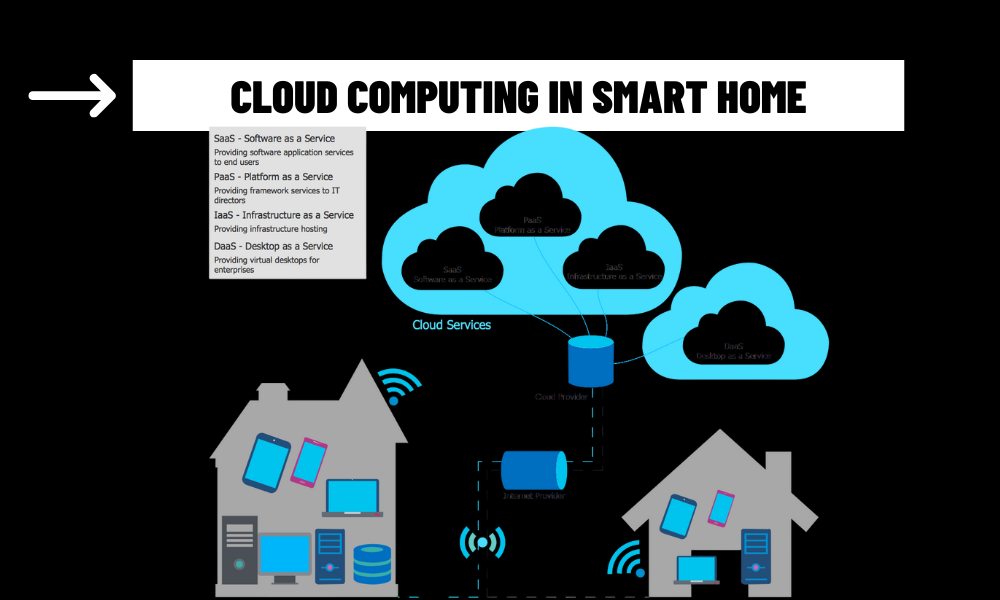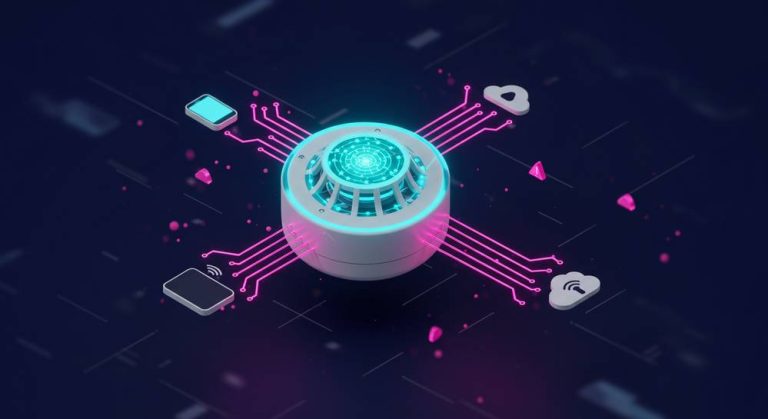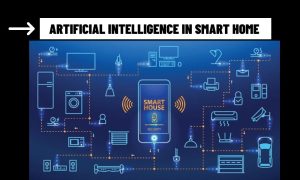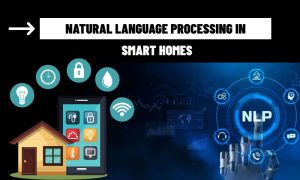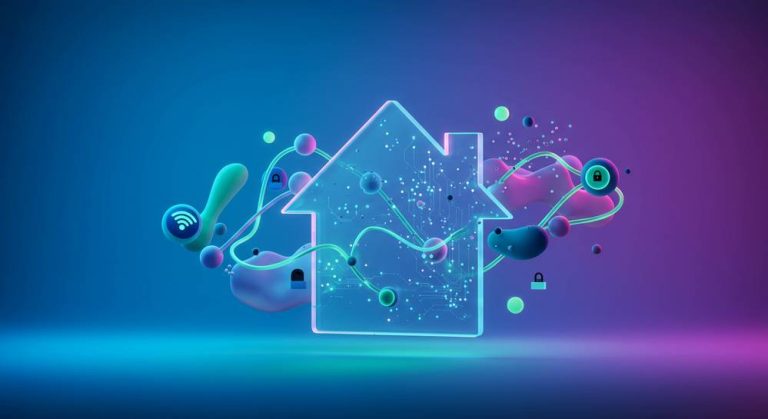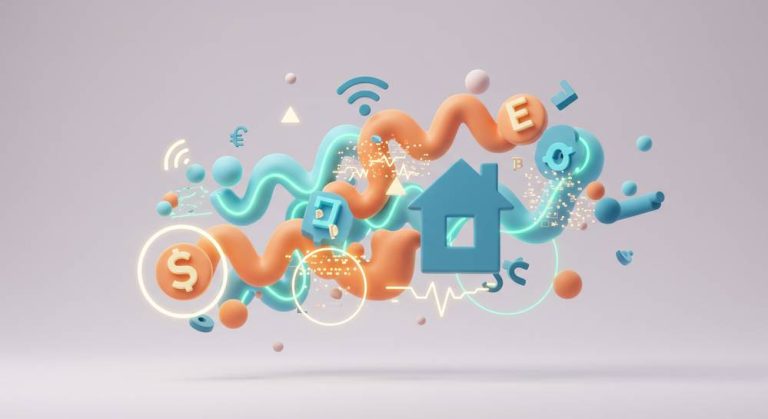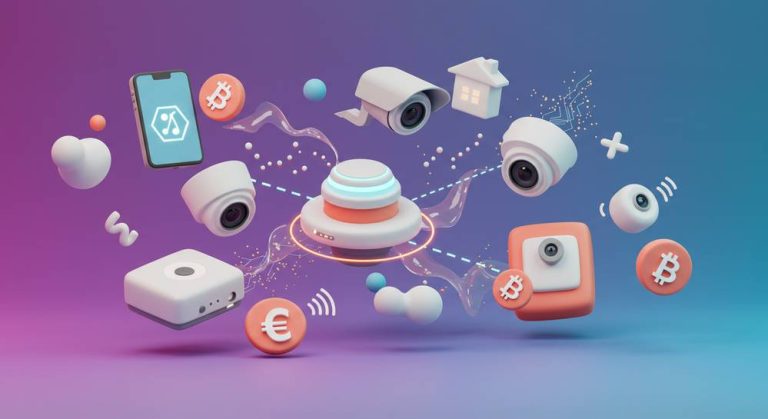Cloud computing has transformed the way smart homes operate, enabling seamless connectivity, real-time data processing, and enhanced user experiences. By leveraging cloud infrastructure, smart home devices such as thermostats, security cameras, and voice assistants can communicate, store data, and execute complex tasks without relying heavily on local hardware. This article explores the role of cloud computing in smart homes, its benefits, and emerging trends shaping the future of home automation.
The Role of Cloud Computing in Smart Homes
Smart homes rely on the Internet of Things (IoT), where interconnected devices collect and share data to perform automated tasks. Cloud computing serves as the backbone for these systems by providing:
Centralized Data Storage: The cloud stores vast amounts of data generated by smart devices, such as video footage from security cameras or temperature logs from smart thermostats. This eliminates the need for expensive on-site storage solutions.
Processing Power: Complex computations, like natural language processing for voice assistants (e.g., Amazon Alexa or Google Home), are handled by cloud servers, enabling devices to remain lightweight and cost-effective.
Scalability: As households add more devices, cloud platforms scale effortlessly to accommodate increased data and processing demands.
Remote Accessibility: Cloud-based apps allow users to control devices, receive alerts, or monitor their homes from anywhere with an internet connection.
For instance, Amazon’s Alexa uses Amazon Web Services (AWS) to process voice commands, while Google Home relies on Google Cloud for real-time analytics and automation.

Benefits & risks of Cloud Computing in Smart Homes
Cost Efficiency: By offloading processing and storage to the cloud, manufacturers can produce affordable devices with minimal hardware requirements, reducing costs for consumers.
Enhanced Security: Cloud platforms offer robust encryption and centralized software updates, protecting devices from vulnerabilities. For example, Ring cameras use AWS to encrypt video feeds.
Personalization through Analytics: Cloud systems analyze user behavior to optimize device performance, such as adjusting thermostat settings for energy savings based on usage patterns.
Interoperability: Cloud platforms enable integration across brands, allowing devices from different manufacturers to work together seamlessly via platforms like IFTTT or SmartThings.
Despite its advantages, cloud computing in smart homes faces challenges:
Privacy Concerns: Storing sensitive data (e.g., video footage or voice recordings) on remote servers raises risks of data breaches or unauthorized access. Companies must prioritize transparency and compliance with regulations like GDPR.
Latency: Dependency on internet connectivity can introduce delays, impacting real-time tasks like motion detection or door unlocking.
Reliability: Cloud outages or internet disruptions can render smart home systems inoperable, highlighting the need for offline capabilities.
Future Trends
The future of cloud computing in smart homes lies in hybrid architectures combining cloud and edge computing. Edge devices process time-sensitive tasks locally to reduce latency, while the cloud handles intensive analytics and storage. For example, smart doorbells may process motion detection locally but upload footage to the cloud for long-term storage. Additionally, advancements in artificial intelligence (AI) will enable more predictive and adaptive automation, such as lights adjusting based on weather forecasts retrieved via cloud APIs.
Cloud computing is the cornerstone of modern smart homes, offering scalability, cost efficiency, and enhanced functionality. While challenges like privacy and latency persist, ongoing innovations in hybrid systems and AI promise to address these issues. As cloud technology evolves, it will continue to drive smarter, more connected homes, transforming how we live and interact with our environments.
